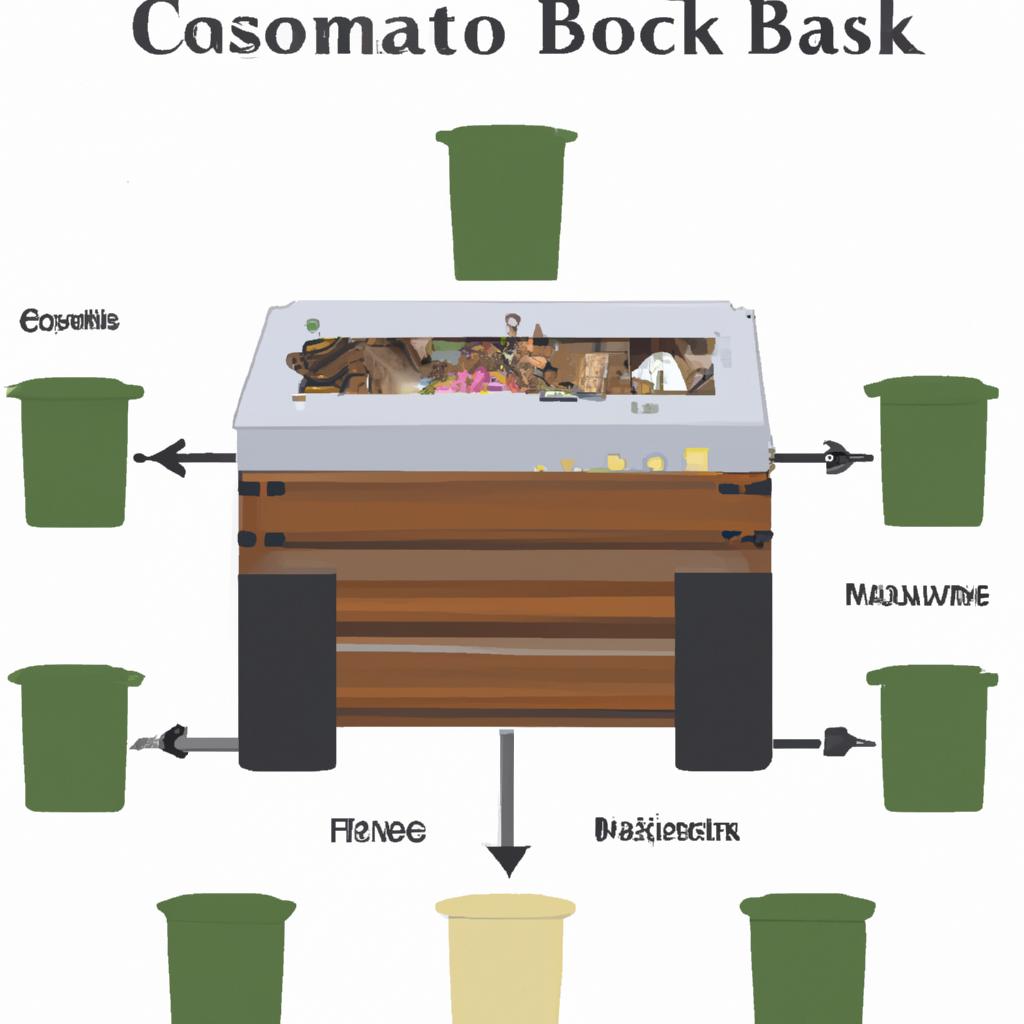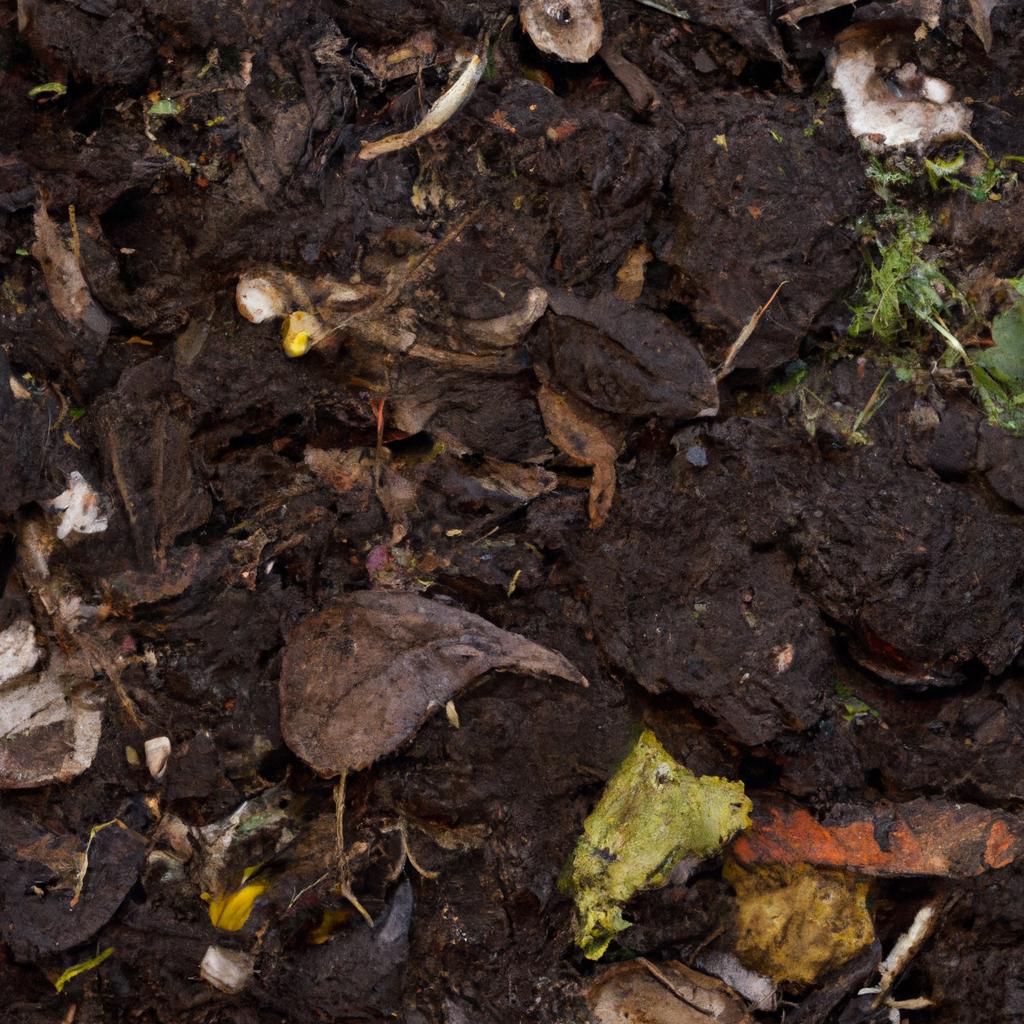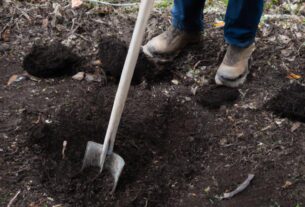Composting is not just another chore; it’s a natural process that can help you reduce waste, save money, and contribute to a healthier planet. In this article, we’ll delve into the world of composting, exploring its benefits, different methods, materials, and valuable tips to help you create nutrient-rich soil amendment. So, let’s dig in and discover how you can make a difference through composting.
Benefits of Composting

Composting brings about a range of benefits, from environmental to economic and social. Let’s take a closer look at how composting can positively impact our lives:
Environmental Benefits
Composting reduces the amount of organic waste that ends up in landfills, mitigating the harmful effects of methane gas emissions. Methane, a potent greenhouse gas, contributes to climate change. By composting your organic waste, you’re actively minimizing the release of methane into the atmosphere and helping combat climate change.
Moreover, composting enhances soil health and reduces erosion. The nutrient-rich soil amendment derived from composting can improve soil quality, increase water retention, and reduce the need for chemical fertilizers. It’s a win-win for both the environment and your garden.
Economic Benefits
Composting can save you money in more ways than one. It reduces the amount of waste that needs to be disposed of, potentially lowering your trash bill. By composting your organic waste, you’re diverting it from landfills, where waste management fees can accumulate over time.
Additionally, the compost produced from your organic waste acts as a natural, nutrient-rich soil amendment. This means that you can cut down on expensive fertilizers and soil amendments. By embracing composting, you’re not only reducing expenses but also investing in the long-term health of your garden.
Social Benefits
Composting has the power to foster community connections and inspire positive change. It’s a practice that can be embraced by anyone, regardless of space limitations. You can find composting in community gardens, schools, and other public spaces, bringing people together with a shared goal of creating a sustainable environment.
By composting, you set an example for others to follow. You’re showing your friends, family, and community that composting is an easy and effective way to reduce waste and promote sustainability. It’s a small action that can ripple outwards, inspiring others to join the movement.
Now that we understand the benefits, let’s explore the different composting methods available.
Composting Methods

When it comes to composting, there is no shortage of methods to explore. Here are the three most common ones:
Traditional Composting
Traditional composting involves creating a pile of organic waste, such as food scraps, yard waste, and leaves. Over time, the waste decomposes naturally, aided by the work of helpful microbes. To achieve successful traditional composting, it’s important to maintain a balance between green and brown materials, keep the pile moist, and turn it regularly. This method is widely used by gardeners and homeowners and provides nutrient-rich soil amendment for your garden.
Vermicomposting
Vermicomposting is a method that utilizes worms to break down organic waste. By introducing worms into a bin filled with bedding material, such as shredded newspaper, you create an environment where worms can consume the waste and produce nutrient-rich castings. Vermicomposting is an excellent option for those with limited outdoor space or who live in apartments. It can be done indoors and offers an efficient way to reduce waste and nurture a sustainable environment.
Bokashi Composting
Bokashi composting takes a different approach by fermenting organic waste using a special mix of microorganisms. The fermented waste can be buried in the soil, where it continues to break down and enrich the soil with nutrients. Bokashi composting works well for composting meat, dairy, and other food waste that’s challenging to compost using traditional methods. It’s also a fast way to create nutrient-rich soil amendment.
Now that you’re familiar with the different methods, let’s explore the materials suitable for composting.
Materials for Composting

Creating a successful compost pile relies on using a variety of materials that are high in nitrogen and carbon. Here are some examples of materials you can compost:
Green Materials
- Food scraps
- Grass clippings
- Fresh garden waste
- Coffee grounds
- Tea leaves
Brown Materials
- Dry leaves
- Wood chips
- Straw
- Newspaper
- Cardboard
Other Materials
- Eggshells
- Shredded paper
- Sawdust
- Hair and fur
- Fireplace ashes
While composting offers endless possibilities, it’s crucial to note that not all materials are suitable. Avoid adding meat, dairy, and oily foods to your compost pile, as they can attract pests and hinder the composting process.
With the right materials in hand, it’s time to delve into some valuable composting tips.
Composting Tips
Composting is a straightforward practice, but a few tips can help you achieve optimal results:
Proper Location for Composting
Choose a well-drained location for your compost pile, ensuring proper air circulation and easy accessibility. Keep the pile at a reasonable distance from your home and your neighbor’s to avoid unwanted pests and odors.
What to Include and Exclude in Compost
Include organic materials like food scraps, yard waste, and leaves in your compost pile. However, avoid adding meat, dairy, and oily or fatty foods, as they can attract pests and create unpleasant odors.
Maintenance of Compost Pile
Regularly turn your compost pile to provide oxygen to the microbes involved in breaking down the organic waste. Maintain a moist pile and strike a balance between green and brown materials. Aerate your compost pile every few weeks to ensure proper decomposition.
With these tips in mind, you’re well-equipped to create a thriving compost pile and contribute to a sustainable future.
Conclusion
Composting is an easy and effective way to reduce waste, improve soil health, and save money. By composting your organic waste, you’re actively reducing methane emissions, enhancing soil quality, and setting an example for others to follow. So, let’s take action today and start composting for a better future. Together, we can create a healthier planet for ourselves and generations to come.
If you want to learn more about composting and discover sustainable solutions, visit TooLacks. With their expertise and commitment to a greener future, they’re the perfect companion on your composting journey.



